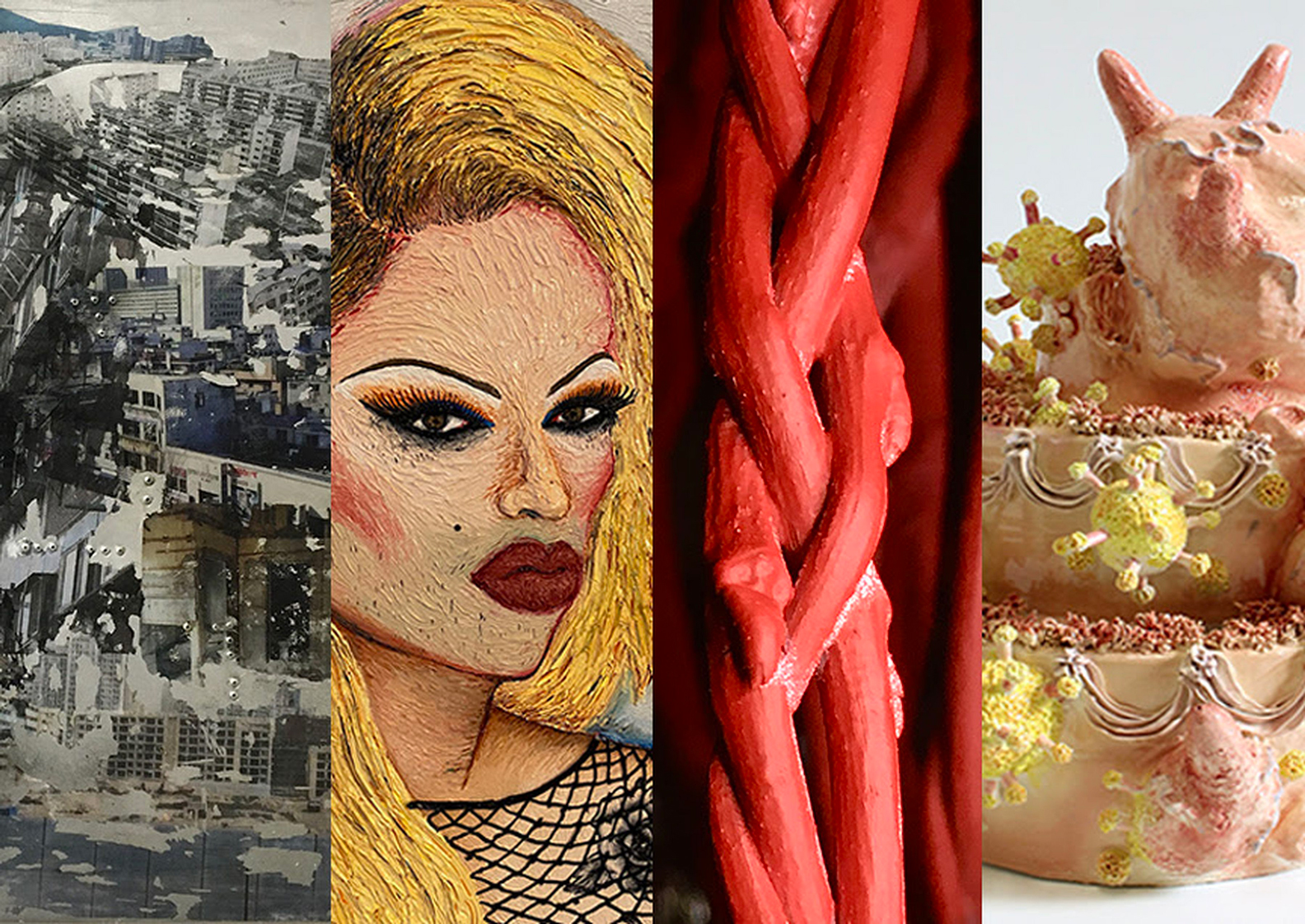Writer Thomas King once said “the truth about stories is that that’s all we are,” and literally, that’s true. Human culture exists only because of language, and at its deepest level telling stories is what language does. The innate drive in human beings to acquire language is a fundamental part of how we evolved and are able to pass on collective knowledge between generations. At its root, language is both social and creative: it has allowed people the potential for expression through voice, then later through text.
The Centre for Creative Writing and Oral Culture (CCWOC) at the University of Manitoba is the first research institute of its kind in Canada to incorporate both forms of communication. Their mandate is to help people “explore the transformative possibilities of the written and spoken word” through providing support for faculty, staff or students who are interested in doing work in any related area. “By their very nature stories are generous,” explains CCWOC director Warren Cariou. “We want to get them out into the community.”
Warren Cariou is an associate professor in the department of English, film and theatre whose research is on Aboriginal storytelling traditions; he has published collections of poetry and short stories, a memoir and is currently working on a novel. Cariou first came up with the idea for the centre as a way of bringing together work being done in various disciplines including education, anthropology, theatre and native studies. From there he was able to actualize the pilot project with support from administration, especially past-president Emöeke Szathmary and Dean of Arts Richard Sigurdson.
The centre opened in 2008 with the objective of being a resource to help with creativity. They do this through programs like the writer and storyteller in residence programs, offering collaborative creative grants, sponsoring events independently and through partnerships with organizations including the Winnipeg International Writer’s Festival, the Winnipeg Art Gallery and Urban Shaman. Cariou sees written and oral stories as “really implicated in each other,” and putting them together as a way to overcome what he refers to as the “literate bias” of Western society. “At the university, we have tended to focus on privileging the written word as a repository of knowledge,” he says. “At the same time a different kind of knowledge has been persisting in our oral culture throughout the ages.”
Oral culture is a term that can only be broadly defined because it encompasses all linguistic expression outside of written form. Cariou defines it as art that requires “thinking about how language is an embodied thing that comes out of our bodies; the rhythms of it are connected to how we breathe.” This includes storytelling, but also podcasts, recording oral histories and theatrical works. Not all of the world’s languages employ a writing system, and strictly oral cultures continue to co-exist, even with the introduction of print.
Still, there is a tendency for literate cultures to see societies that rely on oral transmission as primitive. Even though most storytelling was intended for mature audiences, today the opportunities to hear storytelling are mostly directed towards children. This is an attitude that Cariou finds deeply problematic and inherently racist. “The depth of what’s being gestured towards in these stories is really complex,” he emphasizes. “We really need to understand these are for everyone, these contain powerful wisdom and insights about the world and about life that everyone can and should benefit from.” The centre’s scope means that a wide range of culturally diverse storytelling traditions can be compared as equally valuable. For Cariou, this means that the centre can “be a place of exchange, which is really in keeping with how stories work.”
It is a magical transaction between creator and audience that gives birth to story — this tangible thing that transcends belonging to any one person in particular. Becoming a compelling storyteller involves learning how to manipulate language to draw people in. The centre provides a resource for people to develop the artistry necessary to reach their audience, whatever medium they work in. By its very nature, story is communal, although text and performance form different relationships between creator and receiver. Resident artists Jan Andrews and Roberta Kennedy both stress that storytelling is very physical — an act where they pay close attention to their audience, often adapting their telling to their responses. Kennedy claims that she sees her role as “to have the foundation and let the rest of the story tell itself.”
In contrast, writers create their work in isolation. The benefit of the written record is that it can be reached by people with whom the writer would never come in contact, crossing barriers of time and space. “They’re eventually connecting to a group of people, but they don’t know who these people are, usually,” Cariou explains. “They just put a book out there into the world and it does its thing.” In this way, places like the CCWOC can be beneficial for writers in that it gives them an opportunity to get direct feedback from a reader in a way they don’t working alone in a room. In terms of what qualifies as creative writing, Cariou sees the difference as a matter of approach rather than content: “it’s more about the way it views the world than the particular genre it falls into.” He emphasizes that the centre is meant to help with the imaginative aspect of writer’s work rather than technical grammar.
Drawing the line between oral and written forms is sometimes hard. Even within literature both theatre and poetry are cases where the page is primarily a guide for speech. Novelists frequently borrow motifs from folklore or adapt the style from tellings. Cariou cites Cape Breton writer Alistair McLeod as an example of someone whose work is “half-written and half-told,” adding, “There’s a lot more of those texts than you would imagine that are between the two worlds.” Because with storytelling the creator makes use of their body, the language tends to be simpler than in writing. For Cariou, “recognizing the complexity that lies beneath this apparent simplicity is something that a lot of writers can learn from; we don’t have to have wildly complex difficult prose style in order to get across something that’s really complicated and important.”
The CCWOC’s latest project is setting up a recording studio and video-editing centre, allowing them to expand mediums they can support. With the growing importance of digital media and the Internet, general consensus is that print media will not occupy the same place that it once did. In the mean time, Cariou sees this shift as an exciting time for the centre as people begin to explore the creative potential of these new technologies. “I think our mandate of working between and among the different possibilities that oral and written culture offer gives us an interesting position,” he says, “the idea of what the book is is going to shift and that may make more room for oral culture.”
To learn more about the centre, visit their website at Umanitoba.ca/centres/ccwoc/.



